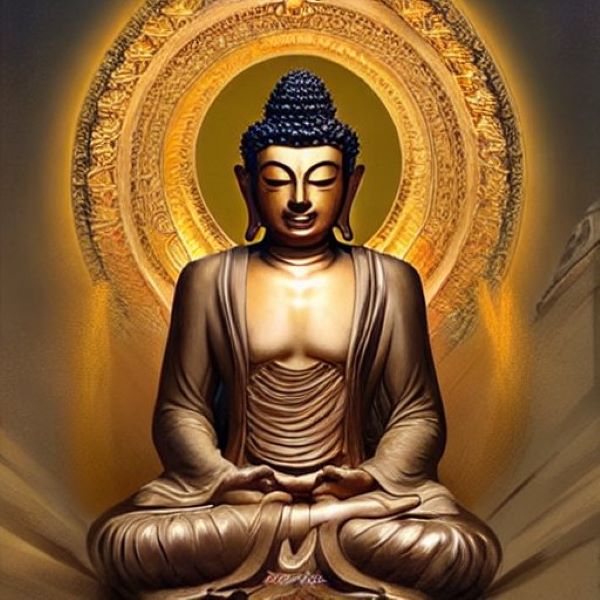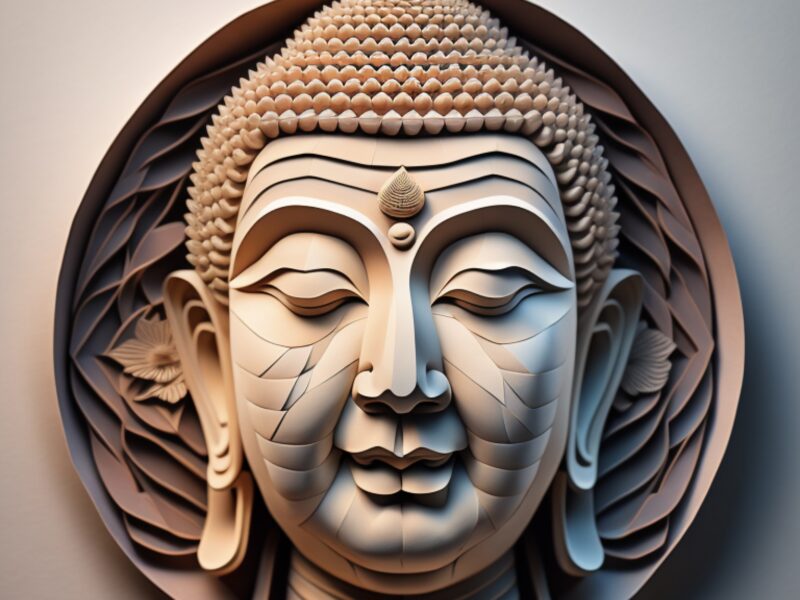Vipassana Kammathāna is a profound approach to cultivating insight and mindfulness. Rooted in the Thai Forest Tradition Buddhism, Vipassana Kammathāna provides seekers with a transformative path that not only brings clarity to the mind but also nurtures an awakening to the profound nature of existence.
Understanding Vipassana Kammathāna
At its core, Vipassana Kammathāna is a form of meditation that goes beyond the conventional techniques of mindfulness. It is a method deeply embedded in the teachings of the Buddha and emphasizes direct experiential insight into the true nature of reality. The word “Vipassana” itself translates to “insight” or “clear-seeing,” and “Kammathāna” refers to a meditation subject or a method of practice. When combined, these terms encapsulate the essence of Vipassana Kammathāna as a systematic approach to developing penetrating insight through meditative practice.
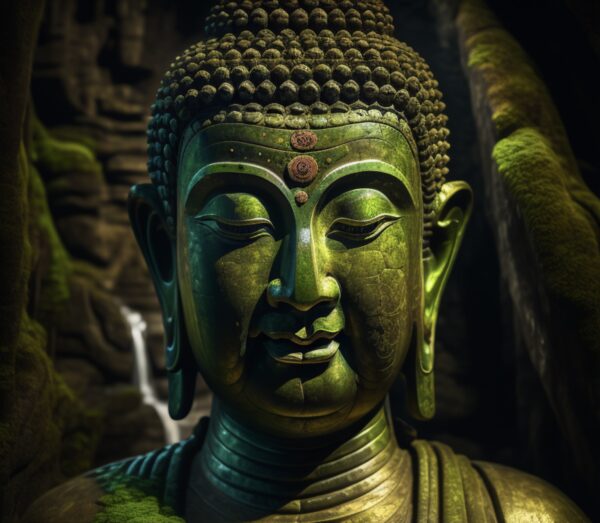
Thai Forest Tradition Buddhism and Vipassana
Vipassana Kammathāna finds its roots intertwined with the Thai Forest Tradition of Buddhism, which has been preserved and passed down through generations of dedicated practitioners. This tradition places great emphasis on solitude, simplicity, and direct experience. Monastics and practitioners of the Thai Forest Tradition seek to deepen their understanding of the Dhamma by immersing themselves in nature and engaging in intensive meditation practices.

The Journey of Insight
At the heart of Vipassana Kammathāna is the practice of cultivating insight through observing the true nature of phenomena. This practice encourages practitioners to observe their experiences without attachment or aversion, thus gaining insight into the impermanent, unsatisfactory, and selfless nature of reality. The objective is to break down the illusions of permanence and identity that often cloud our perception.
The Eightfold Path and Vipassana
The Eightfold Path, a fundamental aspect of Buddhist teachings, finds a natural companion in Vipassana Kammathāna. This path includes elements such as Right View, Right Intention, Right Speech, Right Action, Right Livelihood, Right Effort, Right Mindfulness, and Right Concentration. Vipassana aligns with Right Mindfulness and Right Concentration, providing practitioners with a structured way to develop these factors and integrate them into their daily lives.
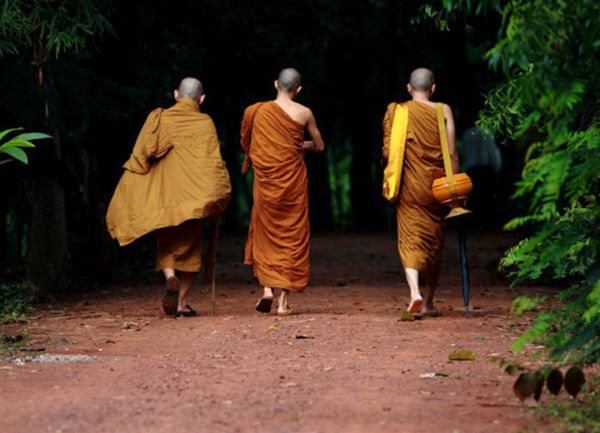
The Role of Mindfulness
Mindfulness is a cornerstone of Vipassana Kammathāna. Practitioners are encouraged to cultivate moment-to-moment awareness, observing physical sensations, mental states, and emotions as they arise and pass away. By sharpening their mindfulness, practitioners can penetrate the layers of conditioned habits and gain insight into the true nature of suffering and liberation.
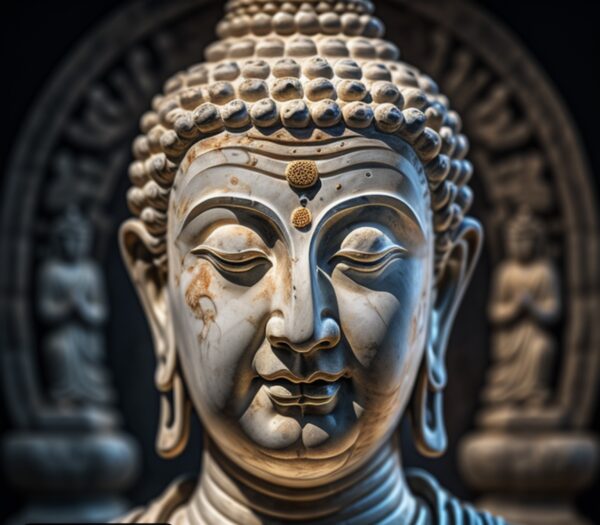
The Transcendent Journey
Vipassana Kammathāna is not merely an intellectual exercise but a profound journey that transcends words and concepts. Through patient and diligent practice, practitioners gradually dismantle the veils that obscure reality, leading to transformative insights and a deepening of wisdom. It is a journey that requires dedication, perseverance, and a willingness to confront the illusions that bind us. Incorporating the teachings of Vipassana Kammathāna into one’s life can lead to a heightened understanding of oneself and the world. It provides a means to cultivate mindfulness, wisdom, and compassion, leading to a more liberated and awakened existence. As you enter the world of Thai Forest Tradition Buddhism and Vipassana Kammathāna, keep in mind the invaluable practices outlined in the translated list below. These practices offer a roadmap for developing insight, mindfulness, and a profound connection to the teachings of the Buddha.

Categories of Kasina Meditation (Elemental Meditation) 10:
This is the practice of meditation using the method of focusing on:
- Patavi Kasina – Earth Element
- Apo Kasina – Water Element
- Tejo Kasina – Fire Element
- Vayo Kasina – Air Element
- Nilakasina – Blue Element
- Pita Kasina – Yellow Element
- Lohitakasina – Red Element
- Odakasina – White Element
- Aloka Kasina – Light Element
- Akasa Kasina – Space Element
Category of Asubha Kammatthana (Contemplation of Repulsiveness) 10:
This involves contemplating the unattractive nature of the body:
- Uthumatta Asubha – A bloated corpse
- Vineelee Asubha – “Green” and decomposed corpse
- Vipubbakha Asubha – A corpse oozing with fluids
- Vichidda Asubha – A dismembered corpse
- Vikkhitta Asubha – A partially eaten corpse
- Viggayha Asubha – A scattered corpse
- Hathabhata Asubha – A mutilated corpse
- Lohitakumbhi Asubha – A corpse filled with blood and pus
- Puluṭṭhi Asubha – A maggot-infested corpse
- Attakilamatha Asubha – A skeletonized corpse

Category of Anussati Kammatthana (Recollection Meditation) 10:
This involves recollecting various aspects:
- Buddha Anussati – Recollection of the Buddha
- Dhamma Anussati – Recollection of the Dhamma
- Sangha Anussati – Recollection of the Sangha
- Sila Anussati – Recollection of morality
- Caga Anussati – Recollection of generosity
- Devata Anussati – Recollection of celestial beings
- Maraṇasati – Recollection of death
- Kāyagatāsati – Mindfulness of the body
- Upasamānussati – Recollection of peace
- Arahatta Anussati – Recollection of arahantship
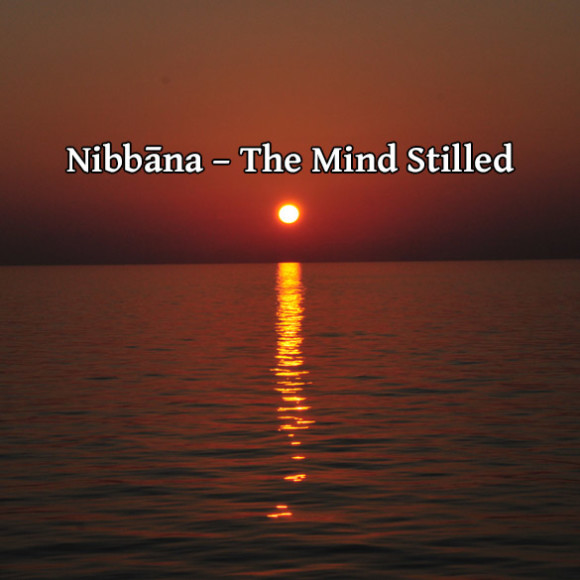
Nibbana is The Mind Stilled
Category of Adhisīla Sikkhāpadakammatthana (Training in Higher Morality) 10:
This involves developing higher morality:
- Ahimsaka Sikkha – Training in non-harming
- Sabbapāpassa Akaranam – Abstaining from all evil
- Kusalassa Upasampadā – Fulfilling all good
- Sīlabbataparāmāsa – Renouncing wrong livelihood
- Musāvāda Veramaṇī – Refraining from false speech
- Pisuṇā Vācā Veramaṇī – Refraining from divisive speech
- Pharusā Vācā Veramaṇī – Refraining from harsh speech
- Samphappalāpa Veramaṇī – Refraining from idle chatter
- Abrahmacariyā Veramaṇī – Abstaining from sexual misconduct
- Surāmeraya Majja Pamādaṭṭhāna Veramaṇī – Abstaining from intoxicants causing heedlessness

Category of Dhatu Vavatthana (Elemental Meditation) 4:
This involves contemplating the composition of the body:
- Dhatu Vavatthana – Contemplating the Four Elements: Earth, Water, Fire, Air
Category of Brahma Viharas (Sublime Abidings) 4:
This involves developing sublime states of mind:
- Metta – Loving-kindness
- Karuna – Compassion
- Mudita – Sympathetic Joy
- Upekkha – Equanimity

Anijja – the Glass is already broken
Category of Arupa Vavatthana (Formless Meditation) 4:
This involves practicing formless meditations:
- Akasaññayatana – Sphere of Infinite Space
- Viññañañcayatana – Sphere of Infinite Consciousness
- Akincanayatana – Sphere of Nothingness
- Nevasaññānāsaññayatana – Sphere of Neither Perception nor Non-Perception.
